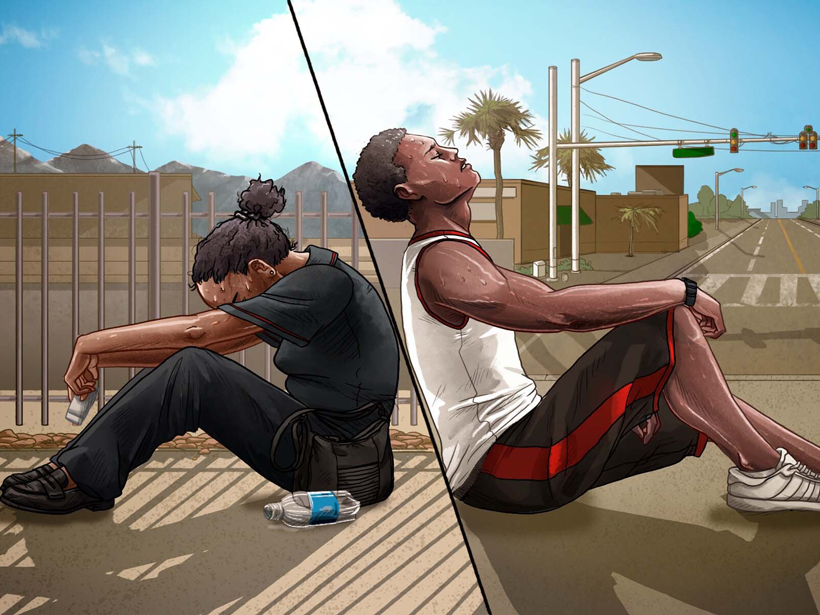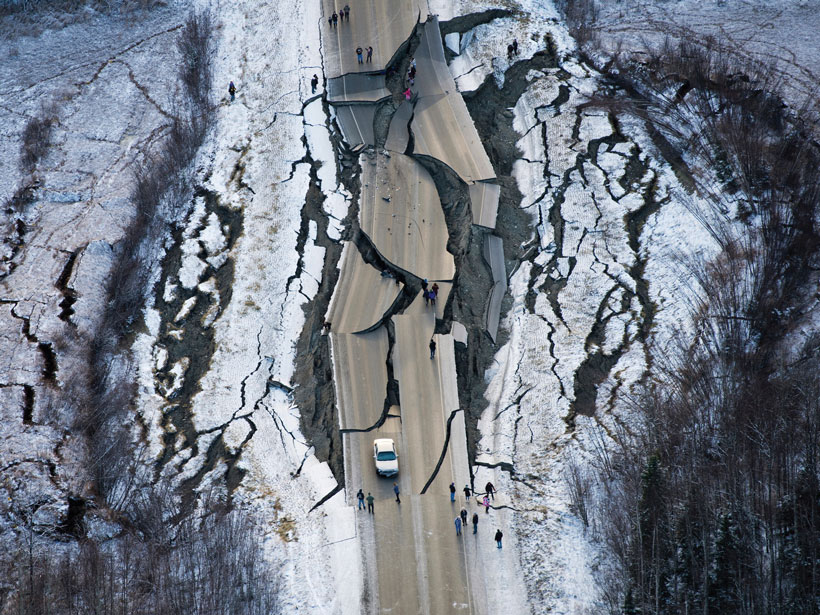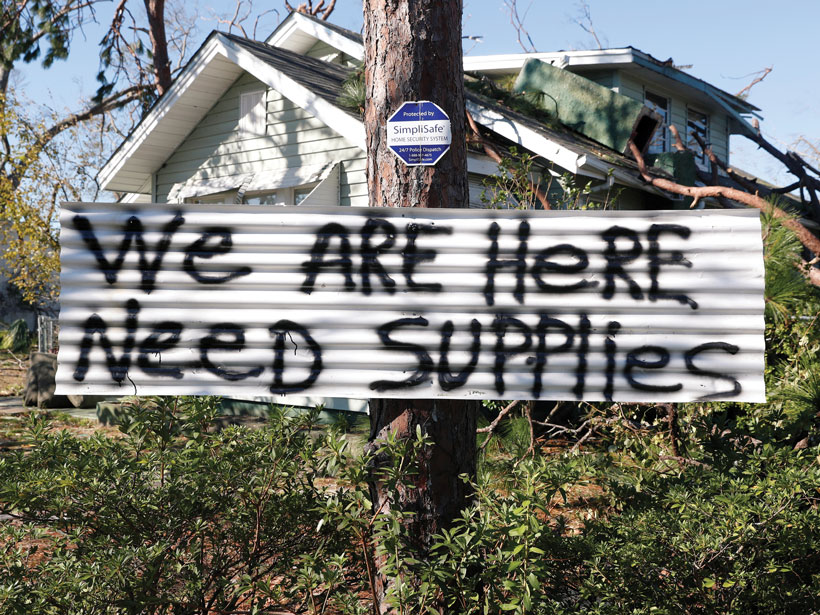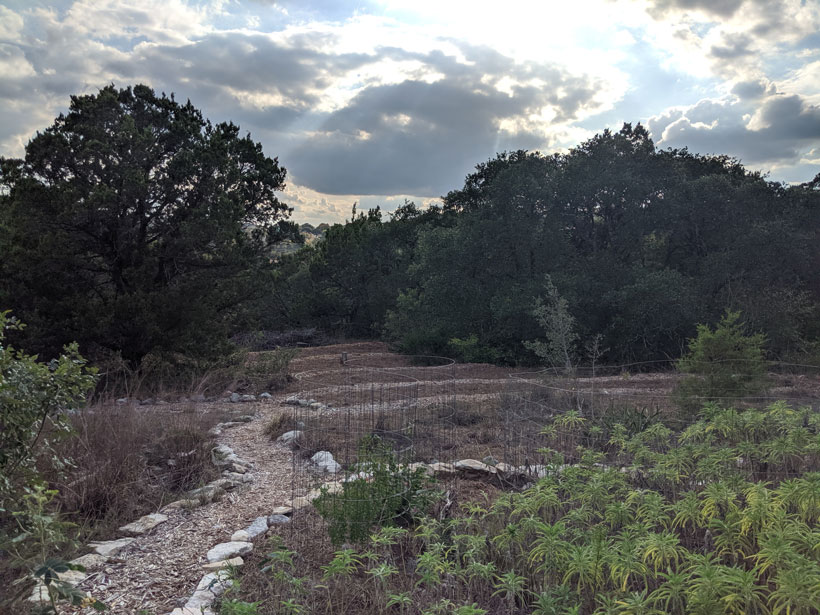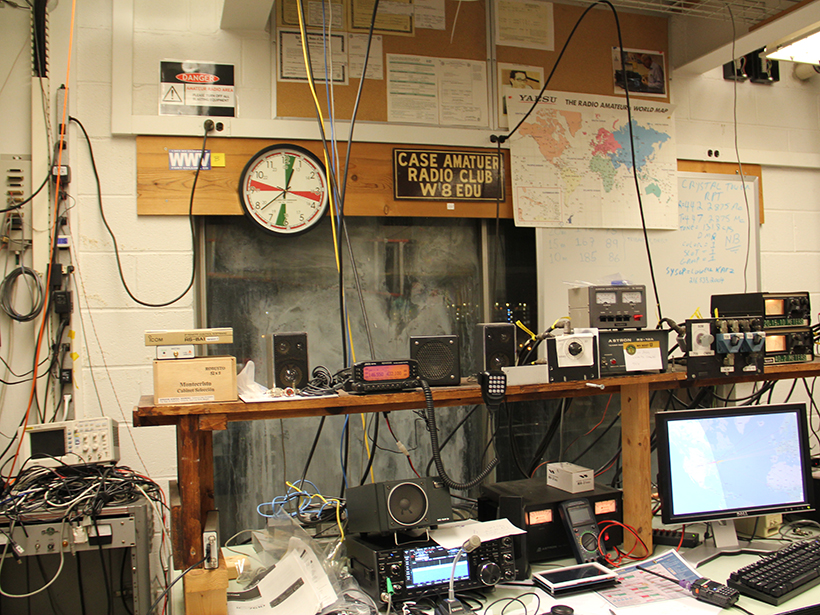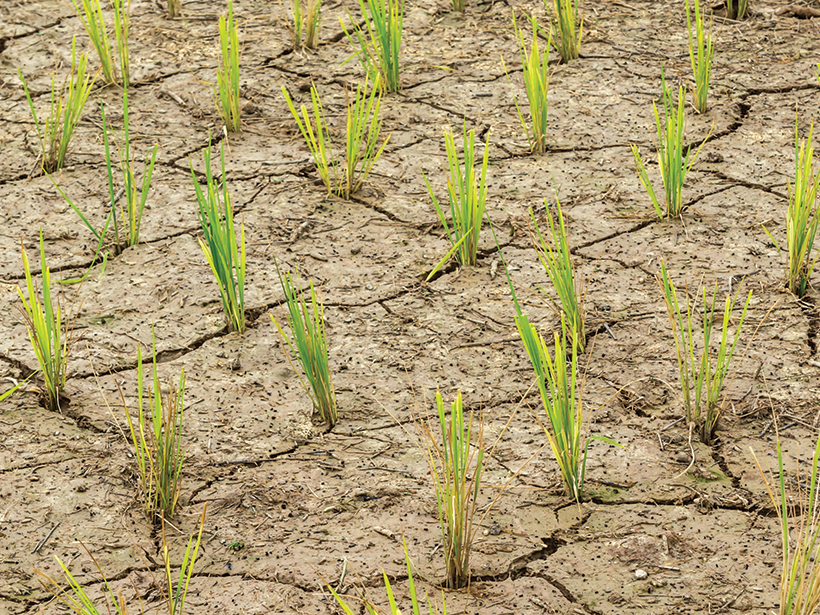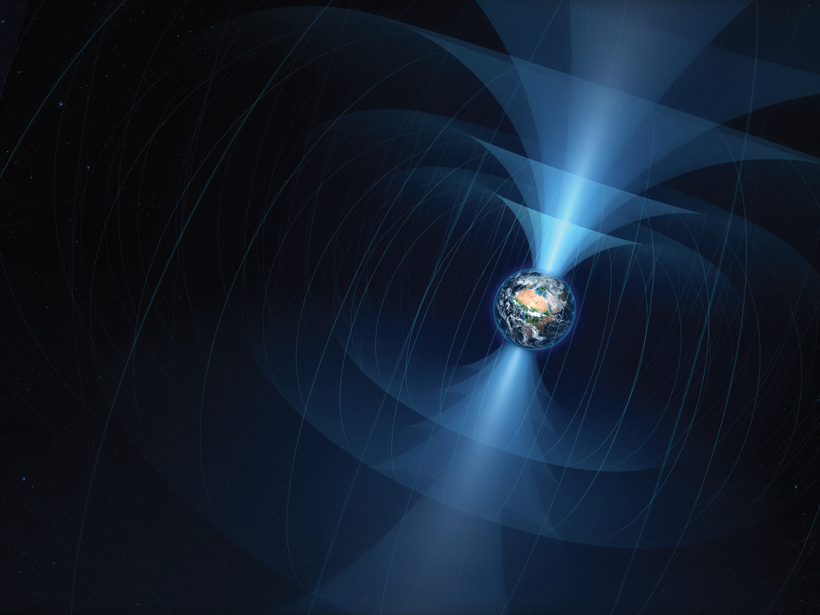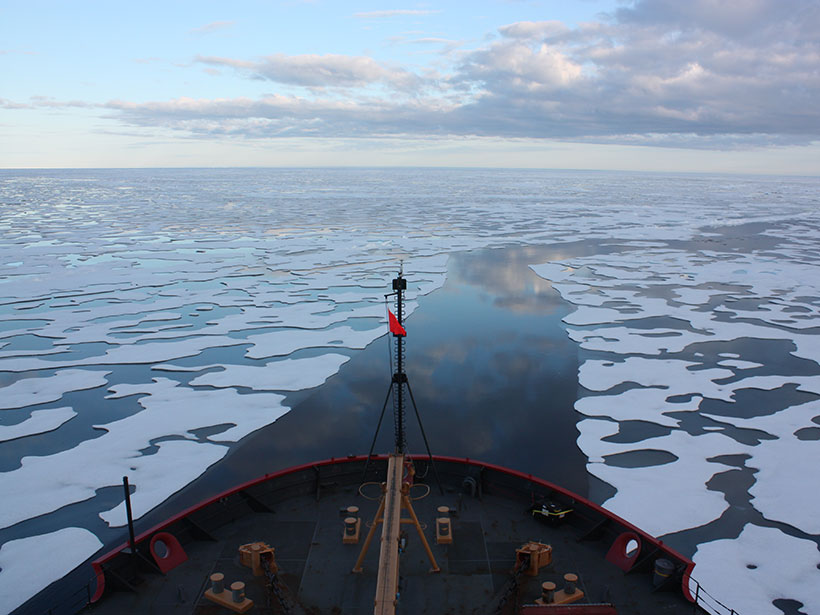How two neighborhoods in Arizona and Florida became hot spots for sickening heat.
Features
Where Do People Fit into a Global Hazard Model?
By incorporating human systems, scientists are modeling geohazards with equity in mind.
Natural Hazards Have Unnatural Impacts—What More Can Science Do?
As disadvantaged communities suffer disproportionately from natural hazards, scientists, policymakers, and emergency managers explore why policies are failing—and what can be done about it.
Community Forests Prepare for Climate Change
Cities across the United States are feeling the heat as they struggle to integrate climate science into on-the-ground decisionmaking regarding urban tree planting and management.
Ham Radio Forms a Planet-Sized Space Weather Sensor Network
For researchers who monitor the effects of solar activity on Earth’s atmosphere, telecommunications, and electrical utilities, amateur radio signals a golden age of crowdsourced science.
Climate Change Uproots Global Agriculture
Climate change is shifting where ideal growing conditions exist and is leaving farmers behind. How can we secure our future food supply and support the people who grow it?
Cape Cod: Shipwrecks, Dune Shacks, and Shifting Sands
Living in Geologic Time: How long will the cape keep its fist raised against the waves?
A Field Guide to the Magnetic Solar System
Not all planets move the needle. But whatever planet you take a magnetic compass to, it’s sure to point out clues to secrets underfoot.
The Herky-Jerky Weirdness of Earth’s Magnetic Field
Dented, erratic, and wandering, our field is constantly changing its mind.
A 50-Year-Old Global Warming Forecast That Still Holds Up
In 1972, Mikhail Ivanovich Budyko used a simple methodology to make climate predictions that remain surprisingly accurate today and that could serve as a new “business-as-usual” scenario.

